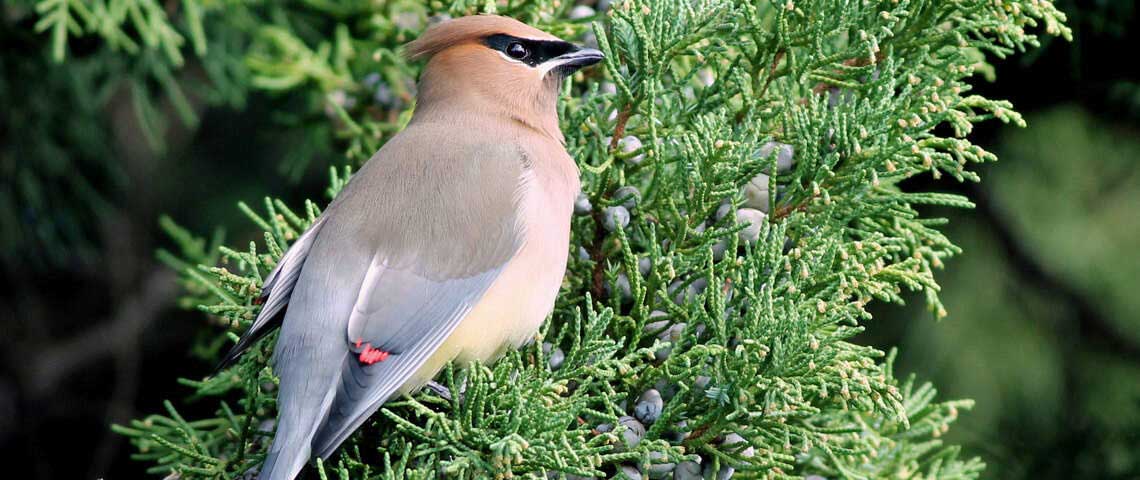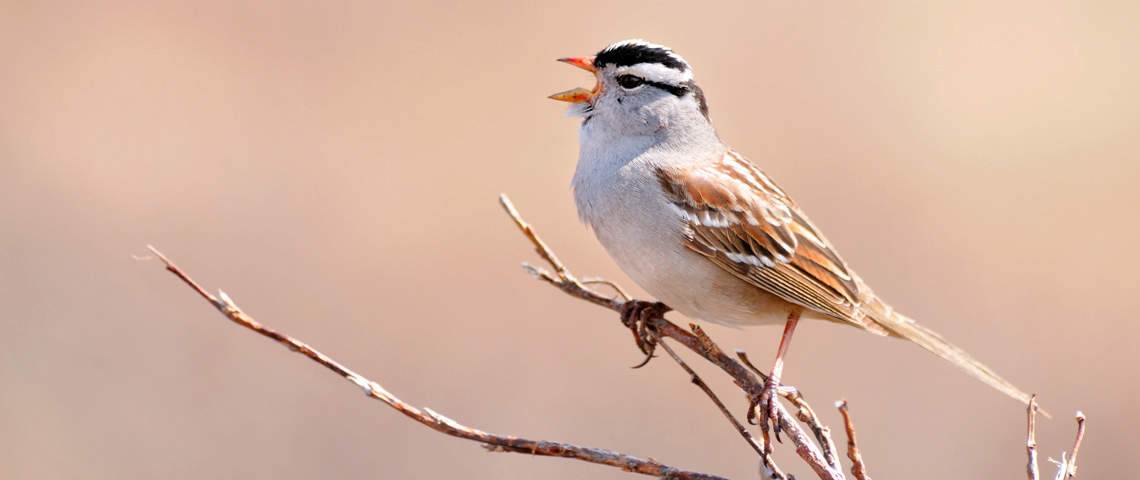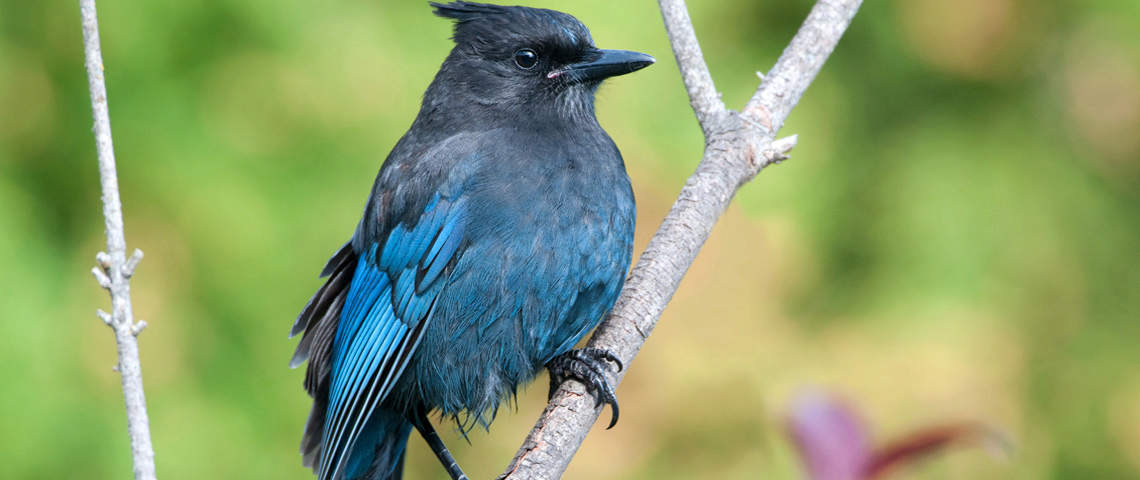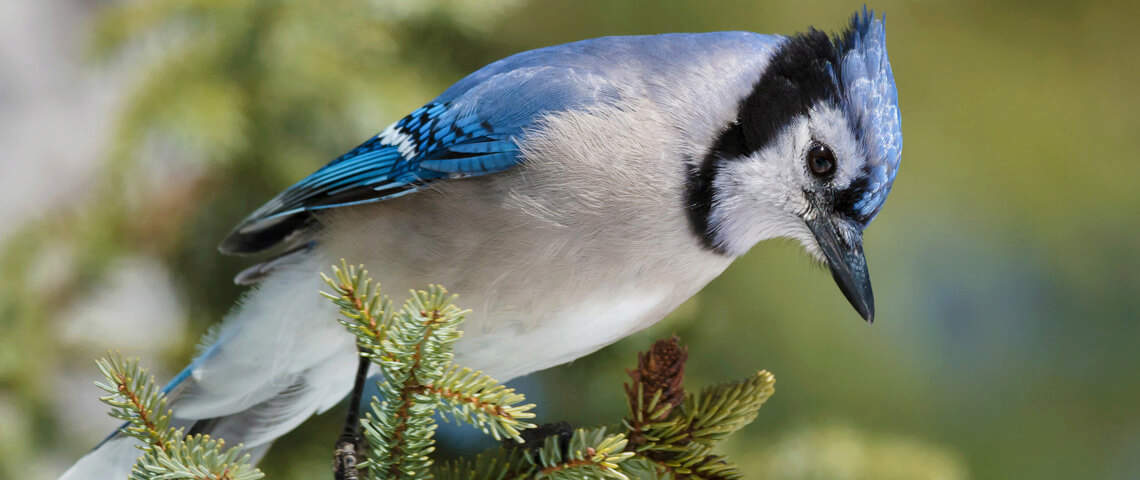Birdwatching Spotting Scope Tips
Spotting Scopes are extremely useful for some kinds of birding. Waterfowl and shorebirds can be hard to get close to on foot (especially when they’re on water or in thick, wet mud!), but a spotting scope can make seeing them easy. Bobolinks and meadowlarks perched on a tall weed can be enjoyed from a distance with a spotting scope; moving closer to look at them with lower-powered binoculars is likely to scare them off. With practice, it’s not hard to get even fairly active songbirds in a scope.
So why don’t birders use a spotting scope all the time and forget about those relatively low-powered binoculars? Spotting scopes, which usually have a magnification power of about 20x to 45x, are almost impossible to hold steady unless set on a tripod. That makes lugging them tricky. And even if it’s possible to get active birds in a scope, it’s much quicker and easier to get them in binoculars. For most day-to-day birding, most birders stick with binocs, pulling out the scope for special places, especially when looking at water, mudflat, and field habitats.
How do you choose a spotting scope? Virtually all scopes come in two pieces, the “body” and the “eyepiece.”

The Body
The size of the outer lens on the body determines how heavy the scope is, and also how bright the image—the bigger it is, the better it will be optically, but it will also be heavier. There are two styles of body, “straight” and “angled.” It intuitively seems easier to get the scope pointed at a bird when you’re looking through a straight body, but it takes practice to get quick with either type of body, and there are some really good reasons to consider an angled scope. If you’re the only one using it, it will usually be fine, but if you’re trying to find a bird high in the sky, you’ll need to scrunch down or raise your tripod legs to see it, and if you’re on a tall outlook and trying to find a bird down below you, you may have trouble unless you adjust your tripod legs to be much shorter. Most angled scope bodies allow you to twist them so you can look from the side in these situations.
When you share a scope with someone of a different height, the only way the shorter person can see is to adjust the tripod’s height for that person. With a straight-body scope, the taller person must scrunch down to see through the scope, which is hard on knees. With an angled-body scope, it’s much easier for the taller person, who merely has to bend toward the scope. This is important for people who share a scope while birding with friends or family members, and becomes a very important issue when leading field trips.

The Eyepiece
The type of eyepiece determines the magnification power. Some eyepieces are “fixed,” magnifying every image at the same power, such as 20x, 30x, or 40x. Some eyepieces are “zoom,” allowing you to adjust the magnification, often between about 20x and 60x. The higher the power, the tinier your field of view, the more “heat shimmer” distortion, and the harder to find something in the first place, but the larger the image of the actual bird.
Zoom eyepieces are by far the most popular for good reasons, but a bit of optical quality is lost with zoom. This doesn’t matter in the most expensive lines, but becomes much more noticeable in cheaper models, so if you need to economize on your scope, a fixed power eyepiece may be a wise choice.

The Tripod
A sturdy tripod is essential, both for holding the scope steady as you look through it and to protect the scope from falling. For the best stability, it’s best to get a tripod that holds the scope at the proper height without raising any center telescoping neck. But for the lowest weight for lugging the scope, it’s best to get a tripod with legs that adjust no higher than the usual height you’ll need. Taller people need bigger tripods. If you often bird with someone shorter than you, it may be wise to get a tripod designed for that shorter height, especially if you have an angled body. After a few days lugging your scope and tripod in the field, your back will appreciate it!
A good spotting scope can not only show you good birds—it can help you take great photos of them, with just a small digital camera or a cell phone! The hardest part of this is holding the camera lens steady in exactly the right place. This is easiest with medium-sized “extended zoom” cameras, and hardest with cell phones. If you do a web search entering your camera and your spotting scope eye piece model numbers and the words “digiscope adaptor,” you may be able to find a tool exactly right for matching them up.





